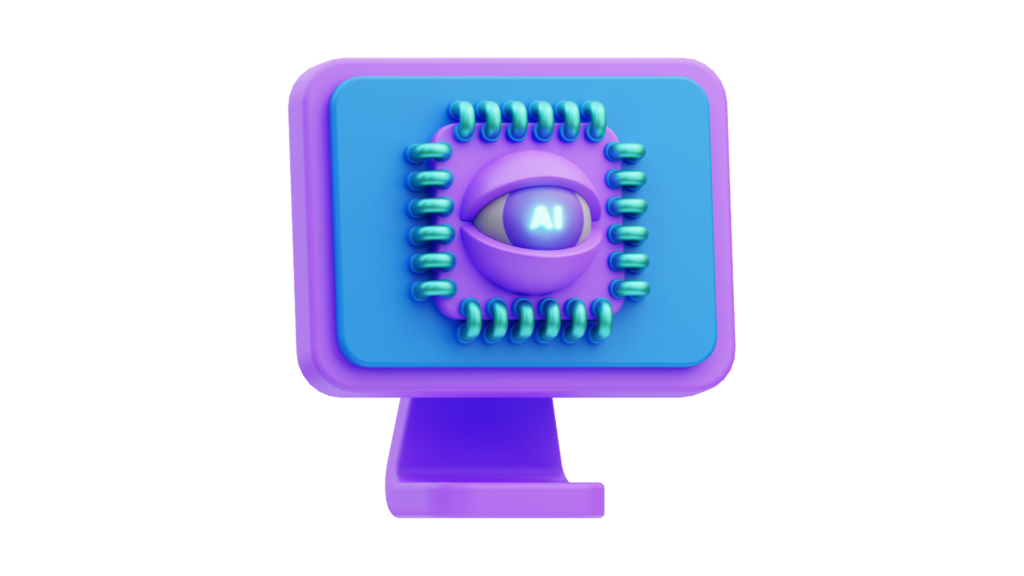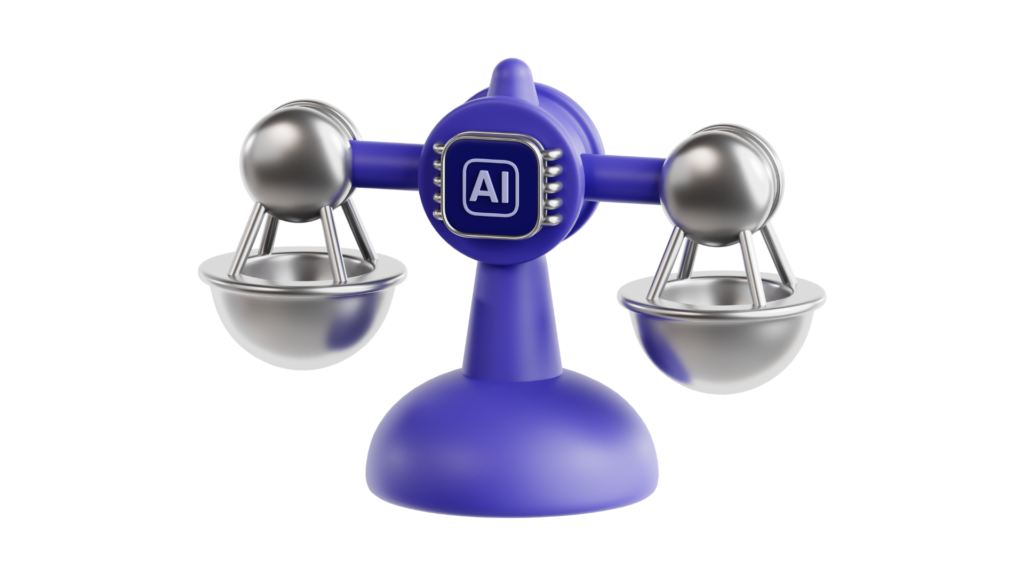




 The advancements in computer vision are shaping a future where machines can understand and interpret visual data with remarkable accuracy. With deep learning at the forefront of these developments, the field is experiencing rapid growth, leading to real-time processing capabilities, enhanced object detection, and a heightened focus on ethical considerations. As industries continue to integrate computer vision into their operations, it will be essential to address these ethical challenges and work towards more inclusive technologies. As we look ahead, the potential applications of computer vision seem limitless, ranging from healthcare diagnostics to smart cities and beyond. Embracing these advancements will not only transform how we interact with technology but also open up new avenues for innovation and creativity in our increasingly digital world. Visit our blog page to get more insights.
The advancements in computer vision are shaping a future where machines can understand and interpret visual data with remarkable accuracy. With deep learning at the forefront of these developments, the field is experiencing rapid growth, leading to real-time processing capabilities, enhanced object detection, and a heightened focus on ethical considerations. As industries continue to integrate computer vision into their operations, it will be essential to address these ethical challenges and work towards more inclusive technologies. As we look ahead, the potential applications of computer vision seem limitless, ranging from healthcare diagnostics to smart cities and beyond. Embracing these advancements will not only transform how we interact with technology but also open up new avenues for innovation and creativity in our increasingly digital world. Visit our blog page to get more insights. 